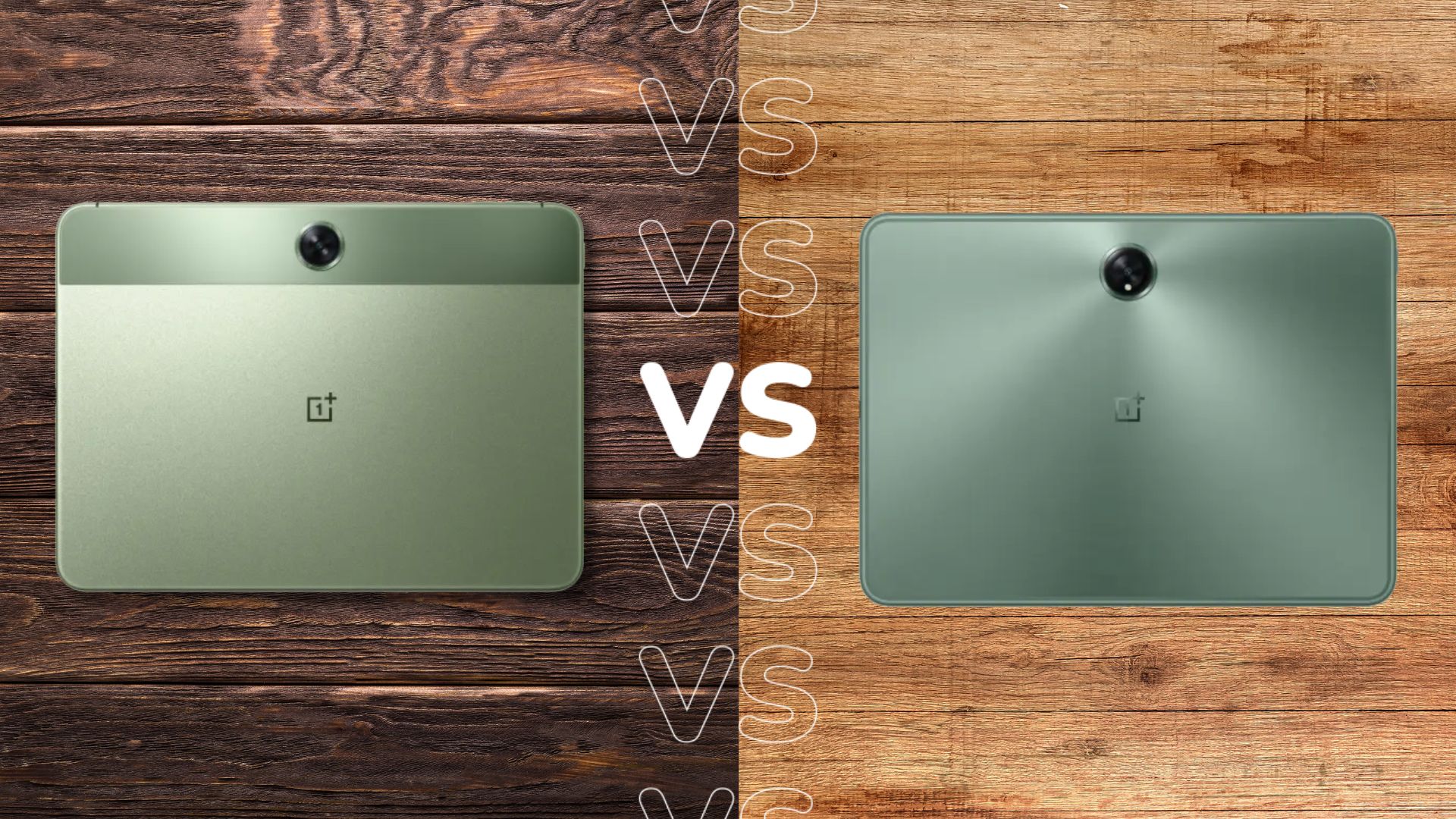Asus Zenfone 11 Ultra vs Samsung Galaxy S24 Plus: Which is best?
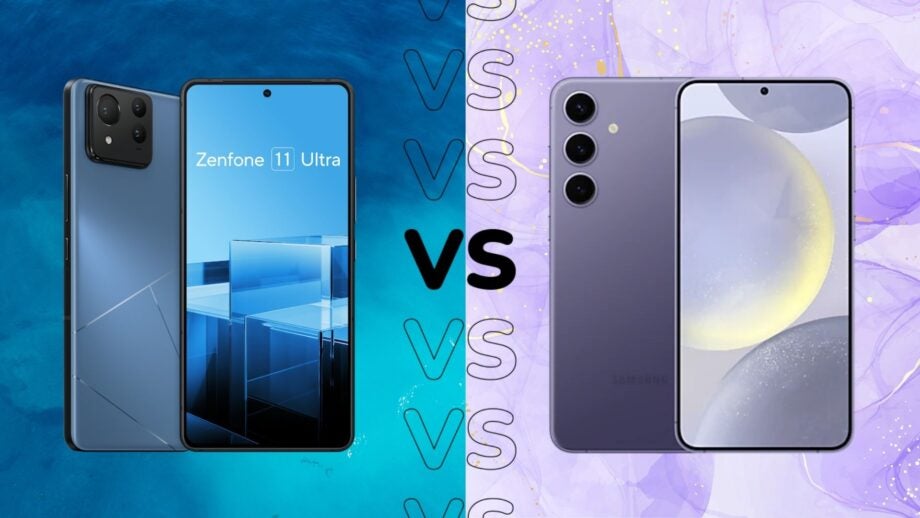
Asus has revealed the Zenfone 11 Ultra, a big-screen alternative to the compact Zenfone 10 – but how does it compare to Samsung’s popular Galaxy S24 Plus?
The Zenfone 11 Ultra represents Asus’ first attempt at a big-screen smartphone for quite some time. Oddly, it’s a very familiar device, sporting almost the exact same specs as the ROG Phone 8 Pro, from the 6.78-inch AMOLED display to the camera offering and even the battery size.
The Galaxy S24 Plus, on the other hand, is Samsung’s middle ground between the compact, base-level Galaxy S24 and the top-end Galaxy S24 Ultra, offering a great combination of hardware, software and AI prowess.
We’ve spent plenty of time with the Asus Zenfone 11 Ultra and the Samsung Galaxy S24 Plus, so here’s how the two compare to help you decide which is best for your needs.
The Zenfone 11 Ultra has better image stabilisation tech
When it comes to camera tech, the Zenfone 11 Ultra and Galaxy S24 Plus have a surprisingly similar setup. The Zenfone 11 Ultra boasts a 50MP main, 32MP 3x telephoto and 13MP ultrawide while the Galaxy S24 Plus boasts a 50MP main, 10MP 3x telephoto and 12MP ultrawide.
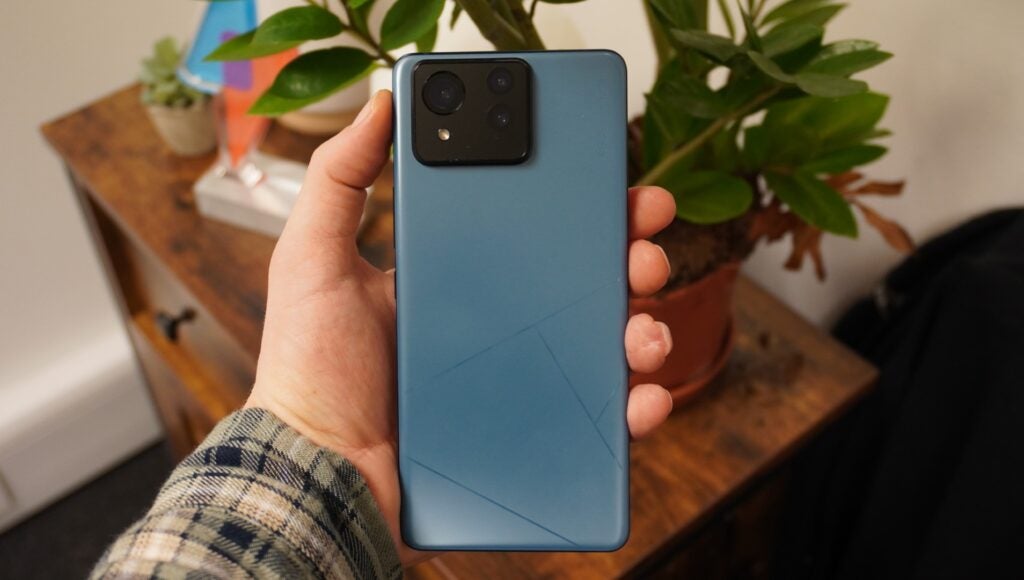
However, there are differences not only in the underlying hardware – the phones may have the same megapixel count, but not the same sensor – but the stabilisation tech that makes the Zenfone 11 Ultra stand out from the crowd.
That’s because the Zenfone 11 Ultra sports Asus’ homegrown 6-axis hybrid gimbal stabiliser 3.0 tech, which essentially lets the phone easily smooth out the jitter you get from handheld videos. It also helps make blurry photos a thing of the past, especially when combined with the phone’s dual PDAF tech.
It’s wholly more capable than the regular OIS you’ll find in the Galaxy S24 Plus, so if you tend to take a lot of videos, the Zenfone 11 Ultra could be the one for you.
The Samsung Galaxy S24 Plus has more helpful AI features
Thanks largely to the release of the Snapdragon 8 Gen 3 and alternatives like the Exynos 2400, smartphones are finally beginning to utilise on-device GenAI capabilities in new and interesting ways.
That’s true of both the Galaxy S24 Plus and the Zenfone 11 Ultra, though it’s the former that offers a more well-rounded AI experience in the form of Galaxy AI.

Samsung’s new on-device AI tech allows S24 Plus users to transcribe voice recordings, summarise websites, change the tone of texts and emails, translate in real-time – both in regular conversation and in phone calls – and use generative fill in photos to move or remove elements entirely.
To be fair to Asus, it does match Galaxy AI’s capabilities on several fronts; it too can translate in real time, though only in calls and it can transcribe and summarise voice recordings, but other features like AI-generated wallpapers, noise cencallation and semantic search don’t quite offer the transformative experience that Galaxy AI does.
It’s also worth pointing out that, while Galaxy AI has been available since launch, Asus’ alternative isn’t ready for prime-time just yet and, as such, will be available on the phone a little later after release.
The Zenfone 11 Ultra has a customisable approach to Android 14
One area where the Zenfone 11 Ultra stands out not only compared to the Galaxy S24 Plus but much of the competition in the software department, with a refreshingly customisable approach to the Android 14 experience.
That’s because, despite the Zenfone 11 Ultra shipping with Asus’ ZenUI skin on top, you can pick and choose whether you want specific elements of ZenUI or stock Android 14. And even if you go all-in on ZenUI, it’s still pretty close to stock Android, giving you something close to the experience that Google originally intended with the latest OS upgrade.
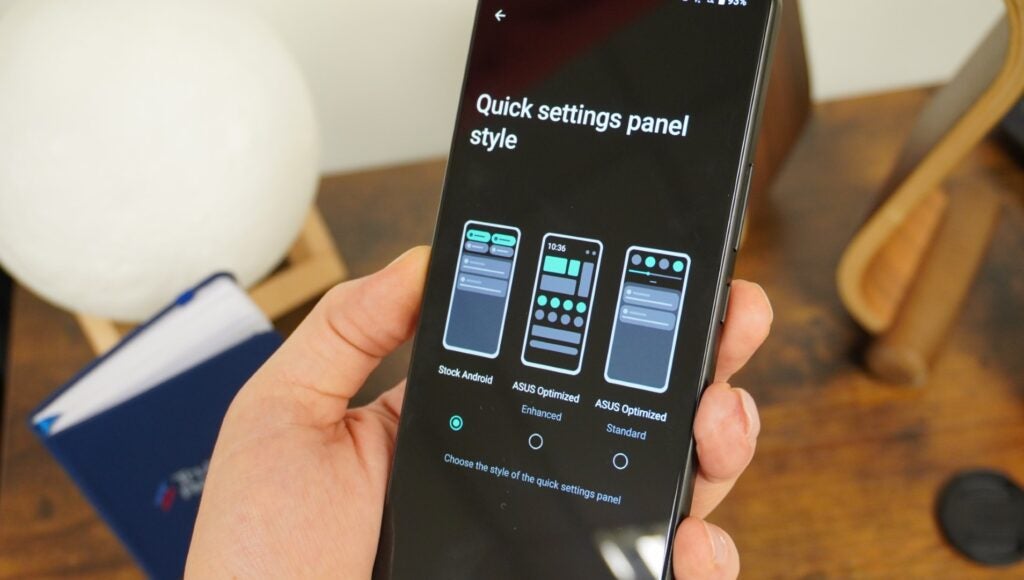
The Samsung Galaxy S24 Plus, on the other hand, ships with OneUI 6.1. Samsung’s Android skin is quite a departure from the stock Android experience with a redesigned quick settings menu, Settings menu and other UI elements to make Samsung phones more distinctive.
However, the software has downsides, like a massive number of pre-installed Samsung-branded apps, many of which are pretty unhelpful, and it’s nowhere near as customisable as Asus’ option.
The Samsung Galaxy S24 Plus has way better long-term software support
While Samsung’s OneUI 6.1 may not offer the most customisable Android experience around, it more than makes up for it when it comes to long-term software support.
Following on from Google’s decision to raise its long-term promise to seven years of OS upgrades with the Pixel 8 series, Samsung followed suit with the entire S24 range. That means that the Galaxy S24 Plus you pick up today with Android 14 will eventually get Android 21, making it one of the best prospects for long-term use on the Android market.
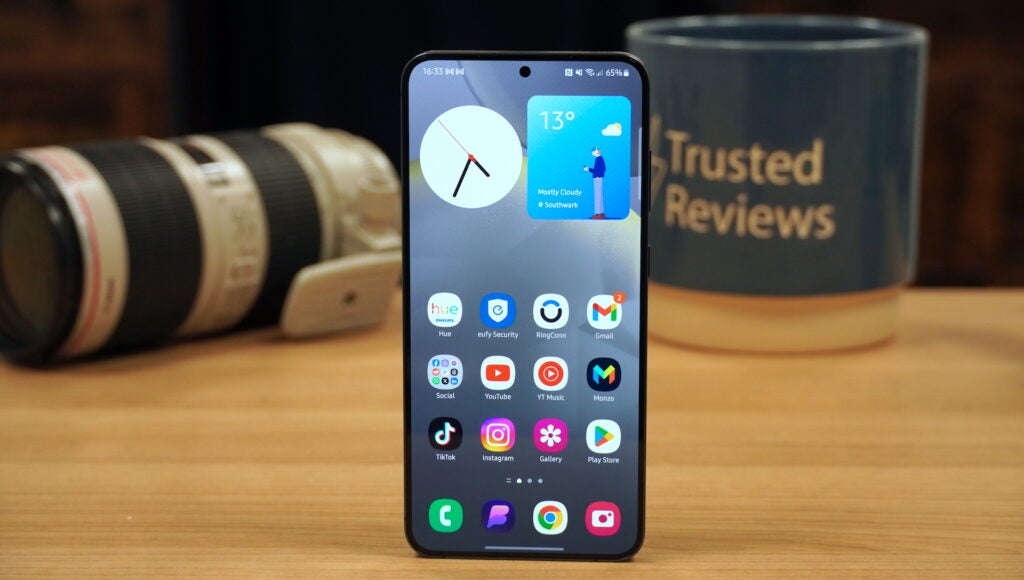
It seems that Asus has somehow missed the memo on long-term support, however, offering a disappointing two OS upgrades and four years of security patches. That might’ve been fine a few years ago, but the Android space has come a long way in the years since, making Asus’ long-term promise the worst available in the premium smartphone market in 2024.
The Asus Zenfone 11 Ultra is slightly cheaper
While the Samsung Galaxy S24 Plus seems to be the more capable of the two – on paper, anyway – it’s worth noting that the Asus Zenfone 11 Ultra is slightly cheaper than Samsung’s flagship.
More specifically, the Zenfone 11 Ultra will set you back £869/$899, while the Samsung Galaxy S24 Plus starts at £130/$100 more at £999/$999.



